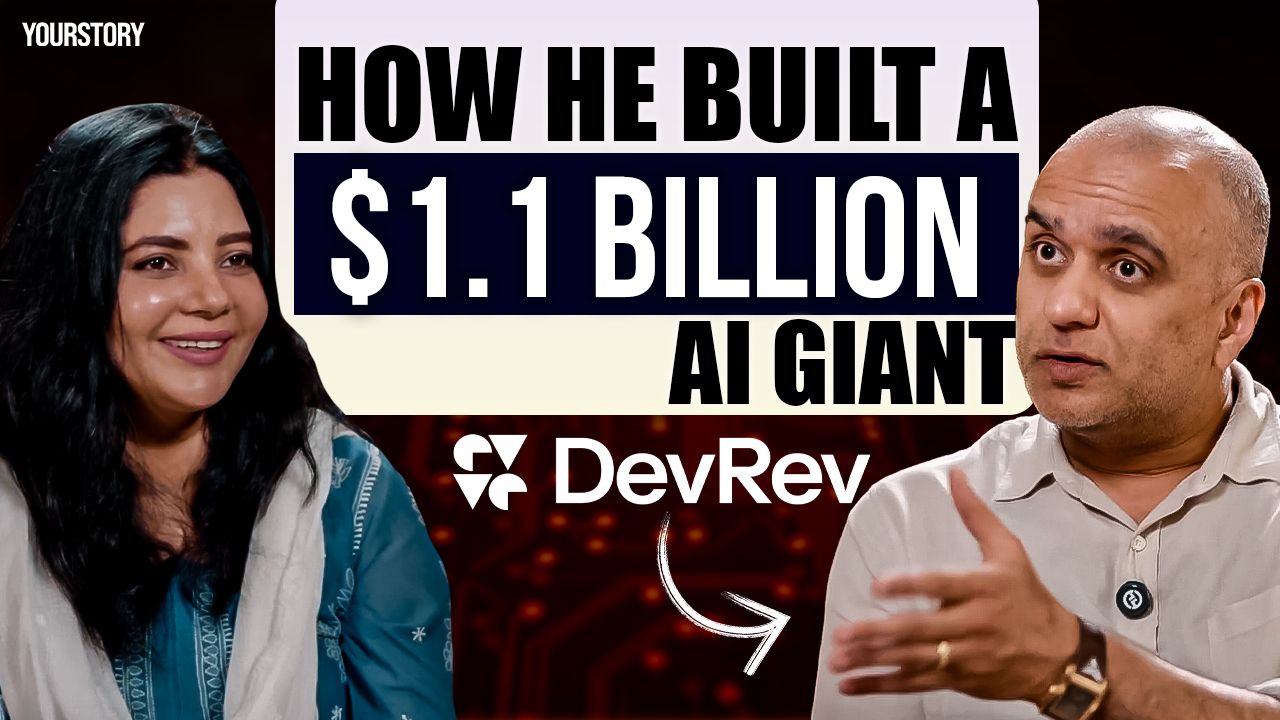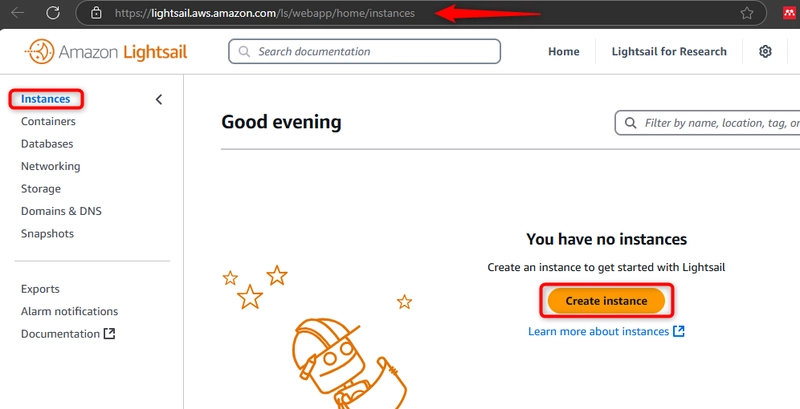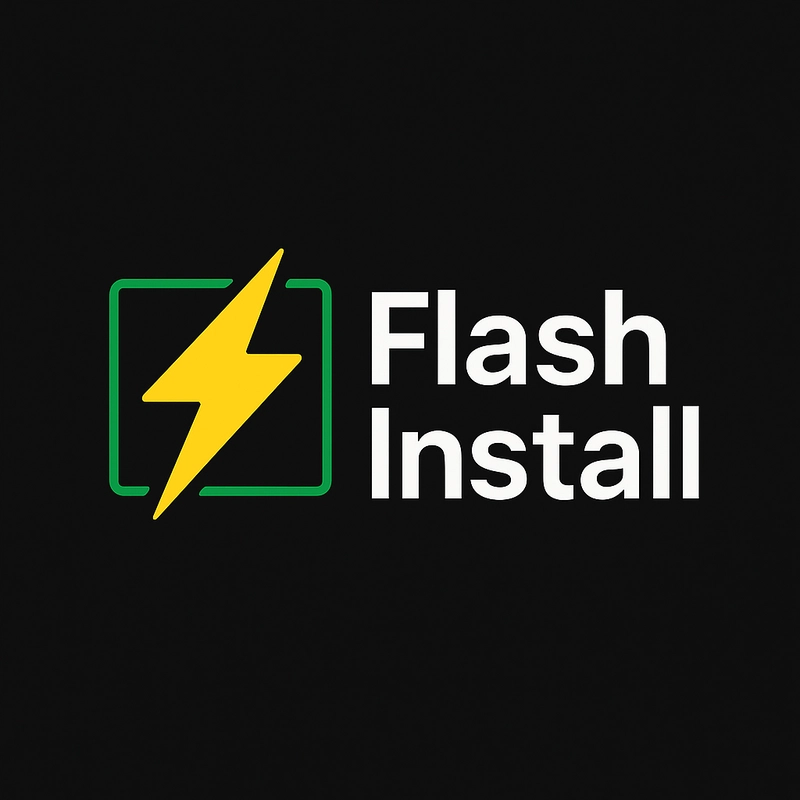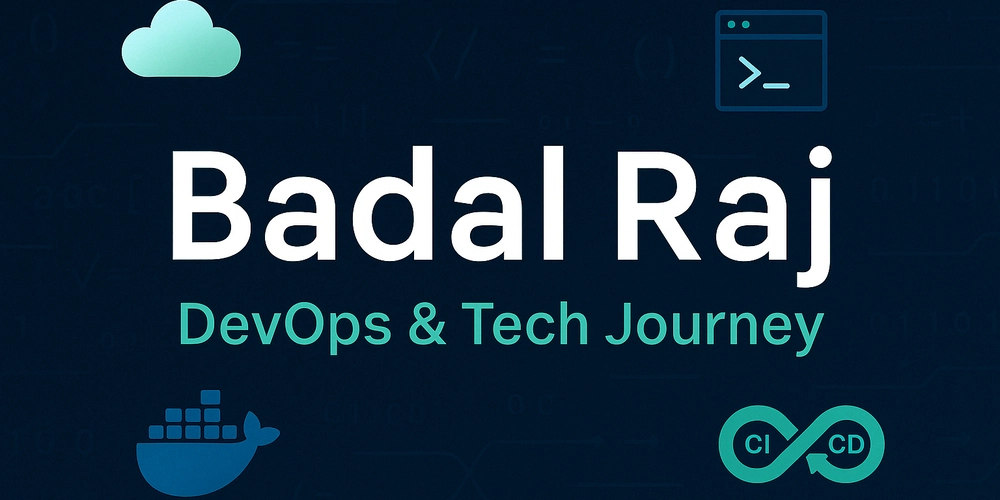Navigating the Landscape of Blockchain Project Funding, Staking, and Sustainable Innovations
Abstract This post explores how blockchain technology has revolutionized project funding and network security through methods like ICOs, STOs, DeFi funding, and staking. With a focus on sustainable innovations, it examines the evolution of funding models, integration with NFT ecosystems, and the rise of decentralized governance. Key concepts, practical applications, challenges, and future trends are discussed in clear, technical language. Readers will gain insights into decentralized finance, community engagement, and the transformative role of blockchain in modern finance and technology. For more details, please see the Original Article. Introduction Blockchain continues to shape the future of finance and technology by enabling innovative funding models and secure decentralized networks. Today, blockchain project funding methods such as ICOs, STOs, IEOs, and DeFi funding have enabled developers and investors alike to secure capital for ambitious projects. Meanwhile, staking remains a key mechanism for network security and passive income generation, contributing to sustainable blockchain practices. This post delves into these mechanisms, highlights their interplay with NFTs and open-source initiatives, and discusses the emerging trends that point to a more sustainable and inclusive future. Background and Context Blockchain project funding has evolved dramatically over the last decade. Early fundraising models like ICOs pushed the boundaries of decentralized capital, but their high risk prompted regulators to encourage more compliant models such as STOs and IEOs. Unlike traditional venture capital or crowdfunding, blockchain funding leverages smart contracts, ensuring transparency and staking-based rewards for network participants. Historically, developers used blockchain to bypass traditional finance hurdles. However, uncontrolled ICO booms introduced significant risks and fraud. In response, more secure systems arose that combined decentralized finance (DeFi) tools with community-oriented investment models. These models not only help raise capital but also engage token holders in governance decisions, promoting sustainable development practices. Modern blockchain ecosystems now integrate various funding mechanisms including: Venture Capital: Provides money and strategic support while enhancing network credibility. Crowdfunding and Grants: Democratize fund access by pooling small community investments. DeFi Funding: Uses smart contracts for mechanisms such as liquidity pools, yield farming, and staking-based rewards, reducing the need for intermediaries. Alongside funding, staking has emerged as a foundational element. In Proof of Stake (PoS) networks, tokens are locked to secure the network, verify transactions, and earn passive income. This mechanism is not only energy efficient but also encourages responsible community participation. Learn more about decentralized finance for project funding here. Core Concepts and Features Funding Mechanisms in Blockchain Blockchain projects now enjoy an array of funding methods that blend traditional finance techniques with innovative decentralized systems: ICOs/IEOs: Early-stage token sales that allowed projects to bypass traditional funding sources. Although they provided rapid capital, they also came with high risk and regulatory challenges. Security Token Offerings (STOs): These are fully compliant within regulatory frameworks, ensuring transparency and legal security for investors. Decentralized Finance (DeFi): Platforms built on smart contracts that facilitate funding through yield farming, liquidity pools, and staking rewards, eliminating intermediaries. Venture Capital & Crowdfunding: Combining institutional support with community-driven approaches makes capital more accessible and diversified. Staking as a Foundational Component Staking plays a pivotal role in maintaining network security and fostering active governance. Essential features include: Passive Income Generation: By locking tokens, investors earn rewards, ensuring an additional revenue stream. Enhanced Network Security: Staking discourages attacks as any malicious act can lead to a loss of staked tokens. Governance and Community Involvement: Many networks allow token holders to vote on protocol upgrades and key decisions, ensuring that control remains decentralized. Below is a bullet list summarizing the benefits and risks of staking: Benefits: Earn passive income through token rewards. Increase network security by supporting consensus mechanisms. Participate in governance and influence project direction. Promote sustainability by reducing energy consumption compared to Proof of Work systems. Risks: Token price volatility can affect reward value. Liquidity lock-in during staking periods may reduce trading flexibility. Potential smart contract bugs can put staked assets at risk. Reg
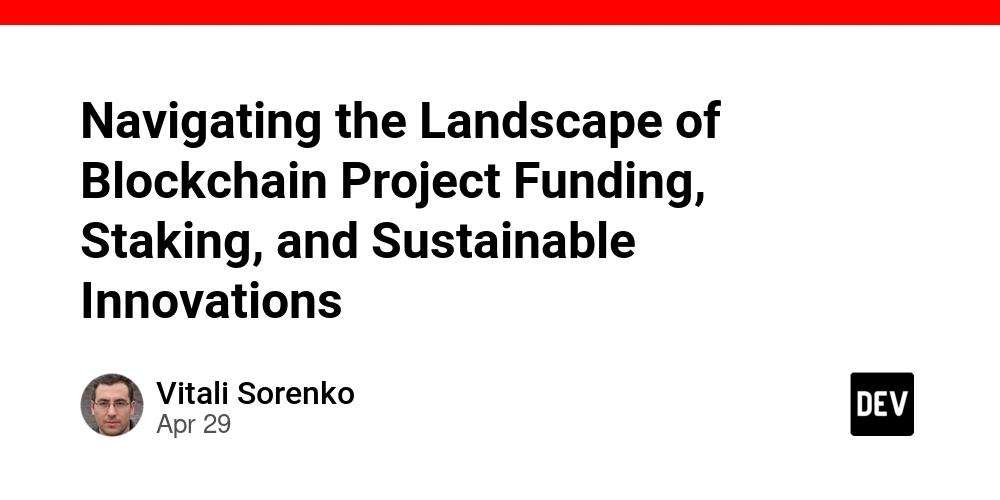
Abstract
This post explores how blockchain technology has revolutionized project funding and network security through methods like ICOs, STOs, DeFi funding, and staking. With a focus on sustainable innovations, it examines the evolution of funding models, integration with NFT ecosystems, and the rise of decentralized governance. Key concepts, practical applications, challenges, and future trends are discussed in clear, technical language. Readers will gain insights into decentralized finance, community engagement, and the transformative role of blockchain in modern finance and technology. For more details, please see the Original Article.
Introduction
Blockchain continues to shape the future of finance and technology by enabling innovative funding models and secure decentralized networks. Today, blockchain project funding methods such as ICOs, STOs, IEOs, and DeFi funding have enabled developers and investors alike to secure capital for ambitious projects. Meanwhile, staking remains a key mechanism for network security and passive income generation, contributing to sustainable blockchain practices. This post delves into these mechanisms, highlights their interplay with NFTs and open-source initiatives, and discusses the emerging trends that point to a more sustainable and inclusive future.
Background and Context
Blockchain project funding has evolved dramatically over the last decade. Early fundraising models like ICOs pushed the boundaries of decentralized capital, but their high risk prompted regulators to encourage more compliant models such as STOs and IEOs. Unlike traditional venture capital or crowdfunding, blockchain funding leverages smart contracts, ensuring transparency and staking-based rewards for network participants.
Historically, developers used blockchain to bypass traditional finance hurdles. However, uncontrolled ICO booms introduced significant risks and fraud. In response, more secure systems arose that combined decentralized finance (DeFi) tools with community-oriented investment models. These models not only help raise capital but also engage token holders in governance decisions, promoting sustainable development practices.
Modern blockchain ecosystems now integrate various funding mechanisms including:
- Venture Capital: Provides money and strategic support while enhancing network credibility.
- Crowdfunding and Grants: Democratize fund access by pooling small community investments.
- DeFi Funding: Uses smart contracts for mechanisms such as liquidity pools, yield farming, and staking-based rewards, reducing the need for intermediaries.
Alongside funding, staking has emerged as a foundational element. In Proof of Stake (PoS) networks, tokens are locked to secure the network, verify transactions, and earn passive income. This mechanism is not only energy efficient but also encourages responsible community participation. Learn more about decentralized finance for project funding here.
Core Concepts and Features
Funding Mechanisms in Blockchain
Blockchain projects now enjoy an array of funding methods that blend traditional finance techniques with innovative decentralized systems:
ICOs/IEOs:
Early-stage token sales that allowed projects to bypass traditional funding sources. Although they provided rapid capital, they also came with high risk and regulatory challenges.Security Token Offerings (STOs):
These are fully compliant within regulatory frameworks, ensuring transparency and legal security for investors.Decentralized Finance (DeFi):
Platforms built on smart contracts that facilitate funding through yield farming, liquidity pools, and staking rewards, eliminating intermediaries.Venture Capital & Crowdfunding:
Combining institutional support with community-driven approaches makes capital more accessible and diversified.
Staking as a Foundational Component
Staking plays a pivotal role in maintaining network security and fostering active governance. Essential features include:
Passive Income Generation:
By locking tokens, investors earn rewards, ensuring an additional revenue stream.Enhanced Network Security:
Staking discourages attacks as any malicious act can lead to a loss of staked tokens.Governance and Community Involvement:
Many networks allow token holders to vote on protocol upgrades and key decisions, ensuring that control remains decentralized.
Below is a bullet list summarizing the benefits and risks of staking:
-
Benefits:
- Earn passive income through token rewards.
- Increase network security by supporting consensus mechanisms.
- Participate in governance and influence project direction.
- Promote sustainability by reducing energy consumption compared to Proof of Work systems.
-
Risks:
- Token price volatility can affect reward value.
- Liquidity lock-in during staking periods may reduce trading flexibility.
- Potential smart contract bugs can put staked assets at risk.
- Regulatory changes might impact incentive structures and compliance.
Overlapping Elements with NFTs and Open Source
The integration of staking and blockchain funding with NFTs and open-source projects is transforming digital ecosystems:
NFT Ecosystems:
NFT collections like the Zora NFT Collection and Treeverse NFT Collection have incorporated staking to provide royalties and governance rights.Open-Source Innovation:
Open-source projects increasingly rely on decentralized funding and sponsorship. Innovative models help create sustainable revenue streams while maintaining complete transparency.Sustainable Blockchain Practices:
Initiatives for reducing energy consumption and promoting ethical tech practices are critical for long-term adoption. Explore more about sustainable blockchain practices.
Applications and Use Cases
Blockchain funding and staking methods are not confined to abstract theories—they drive real-world projects across multiple sectors. Let’s examine a few practical use cases:
Example 1: Decentralized Finance Platforms
DeFi platforms use combined funding and staking mechanisms to secure networks and provide yield farming rewards. For instance, projects on emerging DeFi platforms operate liquidity pools where users stake tokens to earn dividends from transaction fees. This not only advances network security but also creates a more inclusive financial system by lowering entry barriers.
Example 2: NFT Collections and Digital Art
NFT projects blend creative expression with technical innovations. The UFC Strike NFT Collection is a prime example where funding comes from tokenized asset sales, and staking rewards enable collectors to participate in community governance. This innovative integration has reshaped how digital art is monetized and managed.
Example 3: Gamified and Community-Governed Projects
Many blockchain initiatives incorporate gamification by tying funding and staking to in-game economies and digital collectibles. Such models empower users to influence network changes while benefitting from staking rewards. These projects often include features like rarity, community voting, and even tokenized fan engagement applications.
Below is a comparative table of key application areas:
| Application Area | Funding Model | Staking Role | Notable Example |
|---|---|---|---|
| Decentralized Finance | Crowdfunding, DeFi liquidity pools | Secure networks, provide yield rewards | Yield farming projects in DeFi platforms |
| NFT Collections | Community-driven token sales | Enable royalties, support governance | Zora NFT Collection, Treeverse NFT Collection |
| Entertainment & Gaming | Tokenized asset funding, direct fan investment | Fan rewards and participatory governance | UFC Strike NFT Collection |
Challenges and Limitations
While blockchain funding and staking offer many benefits, there are also significant challenges that developers and investors must overcome:
Technical Challenges
Scalability:
High transaction volumes can lead to network congestion and increased fees. Layer-2 solutions and sharding are promising, yet widespread adoption remains a hurdle.Interoperability:
As multiple blockchain platforms emerge, ensuring compatibility across chains is critical. Bridging protocols are under continuous development.Security Vulnerabilities:
Although staking enhances security, bugs in smart contracts or consensus flaws may lead to financial losses.
Regulatory and Legal Constraints
Token Classification:
Determining whether a token is a security or utility token is crucial for regulatory compliance. Misclassification can result in legal complications.AML/KYC Requirements:
Adhering to anti-money laundering and know-your-customer regulations is challenging, especially with decentralized systems in multiple jurisdictions.Intellectual Property Issues:
Open-source projects often encounter licensing disputes that can hamper innovation and financial sustainability.
Economic and Adoption Challenges
Market Volatility:
Cryptocurrencies are volatile, making staking returns unpredictable and funding models risky.Liquidity Constraints:
With treasury or staking lock-up periods, investors may face periods of reduced liquidity.User Education:
Complex concepts require straightforward educational resources. Without sufficient understanding, user adoption may slow.
Additional Considerations in Open Source
Sustainable Financing:
Open-source projects require sustained community support and innovative revenue models to thrive in a competitive digital landscape.Governance Models:
Decentralized governance may lead to delays in decision-making, necessitating improved and balanced voting systems.
Future Outlook and Innovations
The evolution of blockchain funding and staking is set to accelerate, driven by both technological advancements and a growing need for sustainability. Key trends include:
Increased Institutional Integration
Institutional investors are beginning to embrace blockchain thanks to improved regulatory clarity and advanced funding models. As institutions innovate alongside startups, expect new hybrid financing solutions that combine venture capital with DeFi funding.
Technological Enhancements
Upcoming technologies such as layer-2 scaling solutions, advanced sharding techniques, and enhanced cross-chain interoperability will significantly improve network performance. Additionally, improvements in smart contract auditing will further reduce security risks.
Sustainable and Ethical Practices
A growing emphasis on energy efficiency and ethical funding models has spurred reforms in blockchain practices. Innovations that reduce energy consumption, such as transitioning from Proof of Work to Proof of Stake, underscore a commitment to sustainable blockchain development.
For a deeper dive into sustainability, check out this article on sustainable blockchain practices.
Synergies with NFTs and Open Source
The fusion of NFT technology with blockchain funding is opening up new frontiers for creative and financial innovation. This trend empowers artists and developers by providing diversified revenue streams while maintaining network integrity.
Read more about these convergences on platforms such as UFC Strike NFT Collection and discover how they support open source.
Emerging Governance and Community Models
Novel models, such as Decentralized Autonomous Organizations (DAOs) and community-governance frameworks, are set to reshape the way decisions are made. These models encourage active participation, making the network more democratic and transparent. For insights into governance advancements, check out arbitrum and community governance.
Broader Ecosystem Integration
Interoperability improvements, such as arbitrum and Ethereum interoperability and arbitrum and token standards, will drive collaboration between different blockchain networks. This sets the stage for an era of transparent, cohesive decentralized systems that bridge traditional finance with modern digital assets.
SEO Optimization and External Resources
In this post, key terms such as blockchain project funding, staking, decentralized finance, NFT integration, and sustainable innovations are used naturally to support SEO. The following additional resources provide more depth:
- Arbitrum and DeFi Yield – Exploring how DeFi models are integrating with layer-2 solutions.
- Arbitrum and Network Upgrades – Detailed insights into evolving network protocols.
- Transforming Project Funding with Decentralized Finance – A Dev.to post providing further discussion on decentralized funding models.
- Empowering Open Source: The License Token Revolution – An overview of community-driven financial solutions in tech.
Summary
This post has taken an in-depth look at how blockchain technology is revolutionizing project funding and network security through innovative methods such as ICOs, STOs, venture capital, and DeFi funding, along with the critical role of staking. These groundbreaking methods are driving new avenues for sustainable and community-driven blockchain applications, particularly within the realms of NFTs and open-source projects.
Key takeaways include:
Diverse Funding Mechanisms:
From early ICOs to regulated STOs and decentralized lending platforms, blockchain has diversified the ways in which projects can raise capital.The Role of Staking:
Staking not only secures blockchain networks but also offers passive income and governance participation, making it an attractive option for both small investors and large financial institutions.Real-World Applications and Challenges:
Practical examples from DeFi platforms, NFT collections, and gaming ecosystems demonstrate the versatility of these technologies. Nonetheless, technical, regulatory, and liquidity challenges must be managed effectively.Future Trends and Innovations:
The industry is set to benefit from increased institutional investment, enhanced cross-chain interoperability, and a stronger focus on sustainable practices and decentralized governance models.
As blockchain technology continues to evolve, the convergence of funding models, staking, and sustainable practices will reshape the digital financial landscape. Embracing these innovations can empower both individual contributors and large-scale investors, ensuring that the future of decentralized technology is secure, accessible, and sustainable.
By understanding the underlying mechanisms, risks, and rewards associated with these innovations, stakeholders can better navigate the complexities of blockchain. This integrated approach will drive further growth, enabling transparent and ethical technology development in a competitive global market.
Whether you are a developer, investor, or enthusiast, staying informed on these trends is crucial. With robust funding models and secure staking strategies, blockchain projects are positioned to lead the next wave of digital transformation.
For a more detailed exploration, please review the Original Article and related resources. Embracing this dynamic ecosystem could be your gateway to unlocking the transformative power of decentralized finance and sustainable innovations.
Happy innovating and stay tuned for more insights on the convergence of blockchain, NFTs, and sustainable digital funding.




































































































































































![[The AI Show Episode 145]: OpenAI Releases o3 and o4-mini, AI Is Causing “Quiet Layoffs,” Executive Order on Youth AI Education & GPT-4o’s Controversial Update](https://www.marketingaiinstitute.com/hubfs/ep%20145%20cover.png)












































































































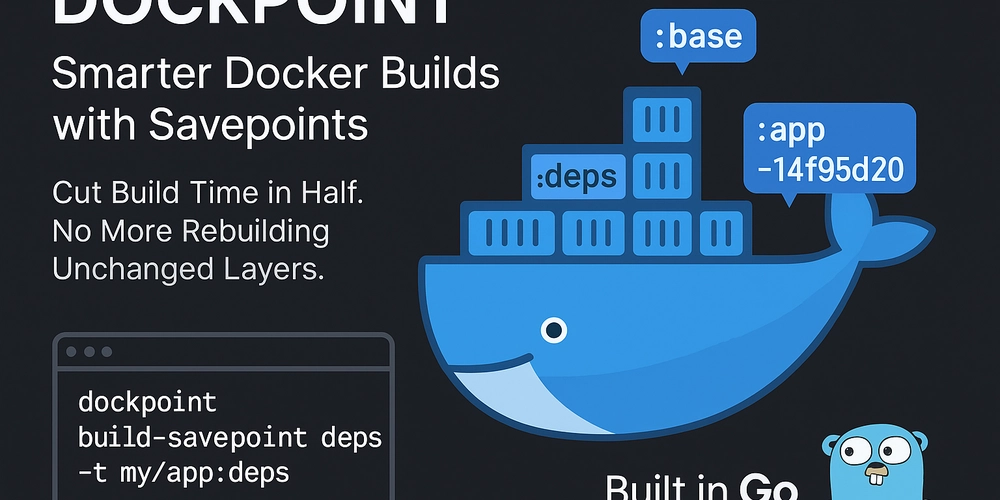
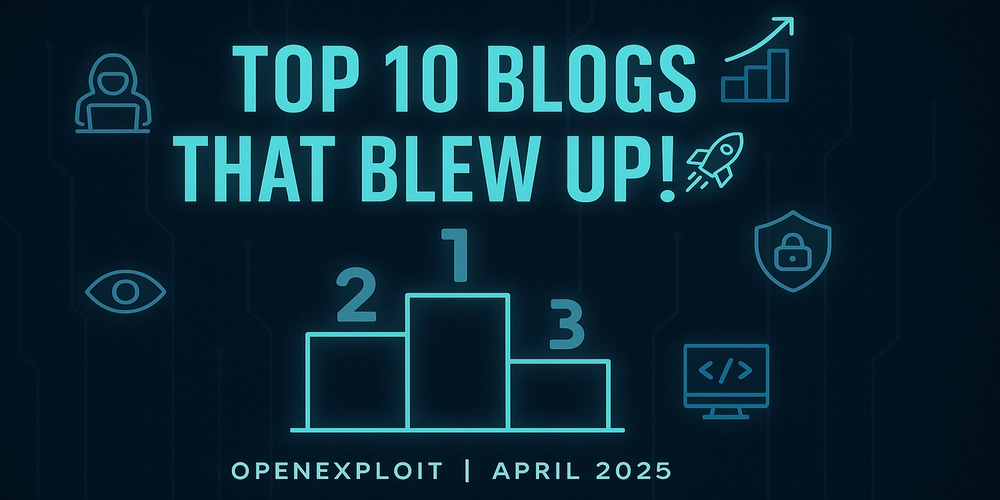
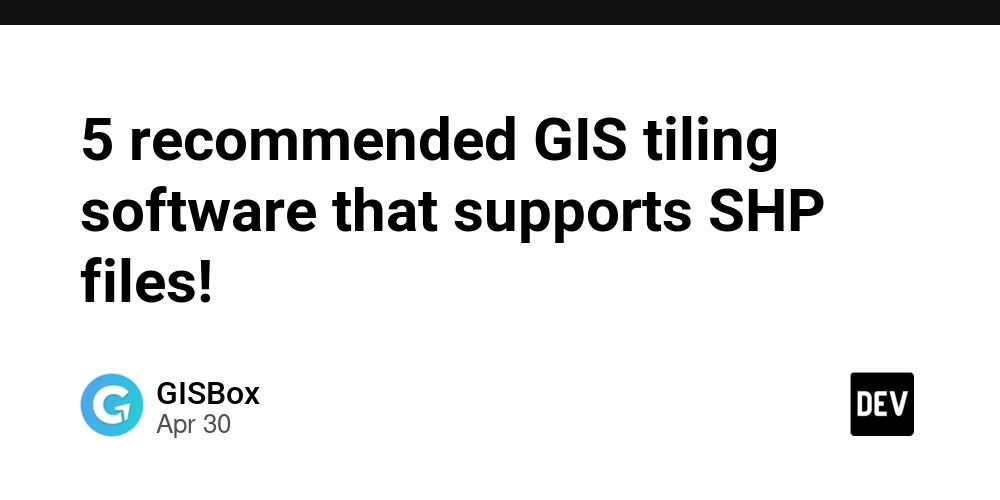
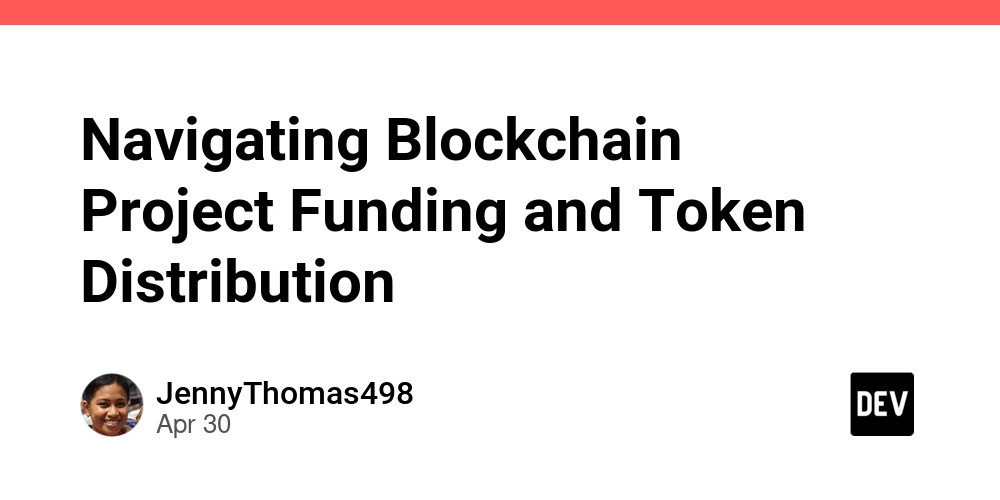























































































































.jpg?#)
































_NicoElNino_Alamy.jpg?width=1280&auto=webp&quality=80&disable=upscale#)


























































































![Craft adds Readwise integration for working with book notes and highlights [50% off]](https://i0.wp.com/9to5mac.com/wp-content/uploads/sites/6/2025/04/craft3.jpg.png?resize=1200%2C628&quality=82&strip=all&ssl=1)



















![Standalone Meta AI App Released for iPhone [Download]](https://www.iclarified.com/images/news/97157/97157/97157-640.jpg)



































































